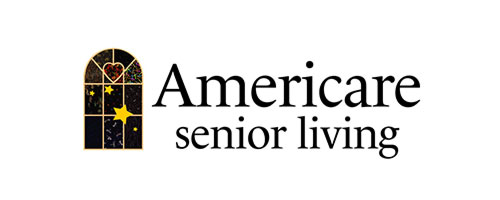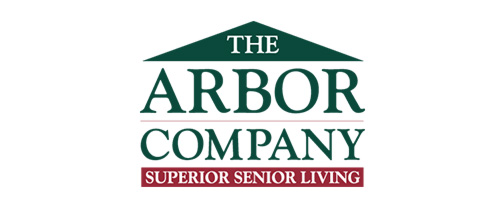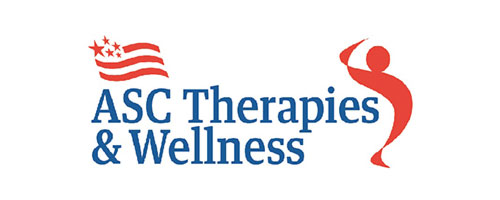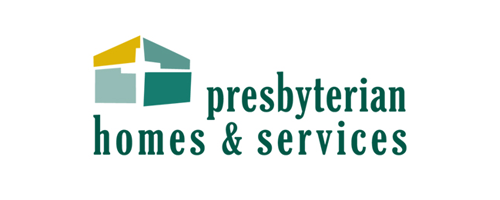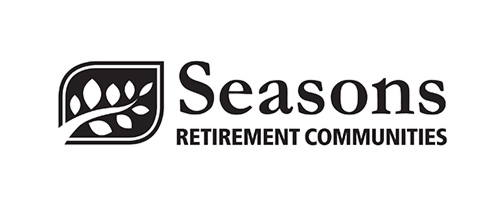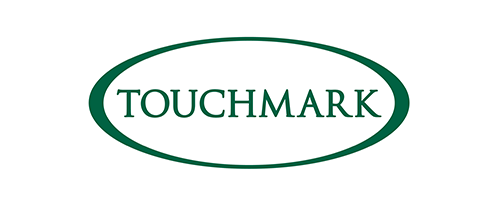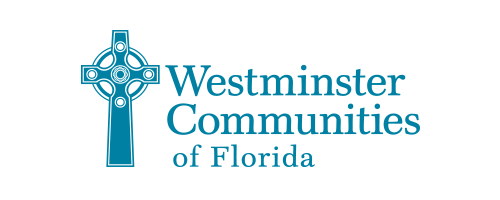Finding a place for nutrition and malnutrition care in master plans for aging
Malnutrition remains an under-addressed issue among older adults, posing significant health risks and diminishing their quality of life. With one in three older Canadians and one in two older Americans at risk for malnutrition, addressing malnutrition will take policy interventions covering all corners of care, from home and community-based care to institutional care. The most effective plans will originate from states (or provinces) as well as the federal government.
An important and growing new development at the U.S. state level is emerging master or multisector plans on aging (MPAs). Beginning with California in 2019, over half of US states are now developing these plans. As more states advance MPAs, we have a unique opportunity to incorporate quality nutrition and malnutrition care to ensure comprehensive support for older adults.
Opportunities in MPAs
Data shows most older adults are likely to need a range of long-term services and supports and grant programs like the recently launched Canadian Aging in Place Challenge shows there are gaps that can be addressed, from more accessible public transportation to options to age-well at home or in long term care. MPAs have emerged in the U.S. to address the diverse needs of aging by providing a blueprint to guide and break down silos among state and local policies, programs, and funding across the lifespan. These MPAS usually start as an initiative triggered by a governor issuing an executive order (EO). In New York, for example, Governor Hochul issued EO 23 in November of 2022 with plans to finalize and release a plan in early 2025.
This process provides an opportunity for the state to tailor nutrition and malnutrition care initiatives to reflect a commitment to comprehensive support for residents. However, at this point, few MPAs specifically reference malnutrition, and sustained advocacy will be necessary to incorporate proper language into them. The real challenge, however, will lie in the work that follows once the plan is adopted and put into action.
For example, in New York, committees and work groups of stakeholders, including the health and wellness subcommittee overseeing nutrition, have been tackling individual issues and developed recommendations that are currently under review. We are advocating for nutrition and malnutrition to be included in the final list.
Canadian provinces have similar plans, with Nova Scotia launching the Action Plan for an Aging Population in 2017. Among this plan’s many actions to promote aging well, it provides grants for inter-generational food literacy programs that help older Nova Scotia adults share and develop food and nutrition skills and knowledge. With expansion to include malnutrition screening, treatment and prevention to ensure comprehensive care for older adults, this program could serve as a template for other provincial aging plans.
Opportunities at the Federal Level
The US Interagency Coordinating Committee on Healthy Aging and Age Friendly Communities, or ICC, was created in 2020 and funded in FY2023. The ICC is expected to begin its work in early May with at least four cross country listening sessions. One goal of ICC is to develop a framework for a national plan on aging with input from stakeholders, including those focused on nutrition. Two other U.S. federal policy opportunities are The Strategic Plan for Aging Act, introduced in February in the Senate, which would create a new, nationwide grant program to support states’ efforts to create plans for aging. This Act describes malnutrition as a key aging issue, identifying the importance of “ensuring access to healthy and affordable foods and reducing food insecurity, hunger, and malnutrition.” States could include this language as they develop their own MPAs. In addition, the next White House Conference on Aging is expected to be held in 2025, and nutrition issues have historically been included in recommendations and outcomes.
In Canada, there are calls to implement a National Seniors Strategy to coordinate efforts among municipalities, provinces and the federal government. The Canadian National Seniors Council, established in 2007 by the Canadian government council, was tasked with identifying gaps in federal and provincial strategies and finding initiatives that addressed these gaps. Starting in 2013, policy researchers have been developing an evidence-informed National Senior Strategy supported by the Canadian Institutes for Health Research (CIHR).
Each state and province needs a plan for aging to ensure that all older adults can live and age well in their communities, feeling supported regardless of age. By including quality nutrition and malnutrition care in MPAs and provincial plans on aging, policymakers can promote healthy aging and enhance the well-being of older adults, ensuring they receive the necessary support to age as they desire.
Bob Blancato, MPA, is the national coordinator of Defeat Malnutrition in Washington, DC, and co-coordinator of the New York State Master Plan on Aging Coalition
Note: This information is not intended to replace a one-on-one relationship with a qualified healthcare professional and is not intended as medical advice. It is intended as a sharing of knowledge and information from research. The view expressed here are not necessarily those of the ICAA, we encourage you to make your own health and business decisions based upon your research and in partnership with a qualified professional.
Share









